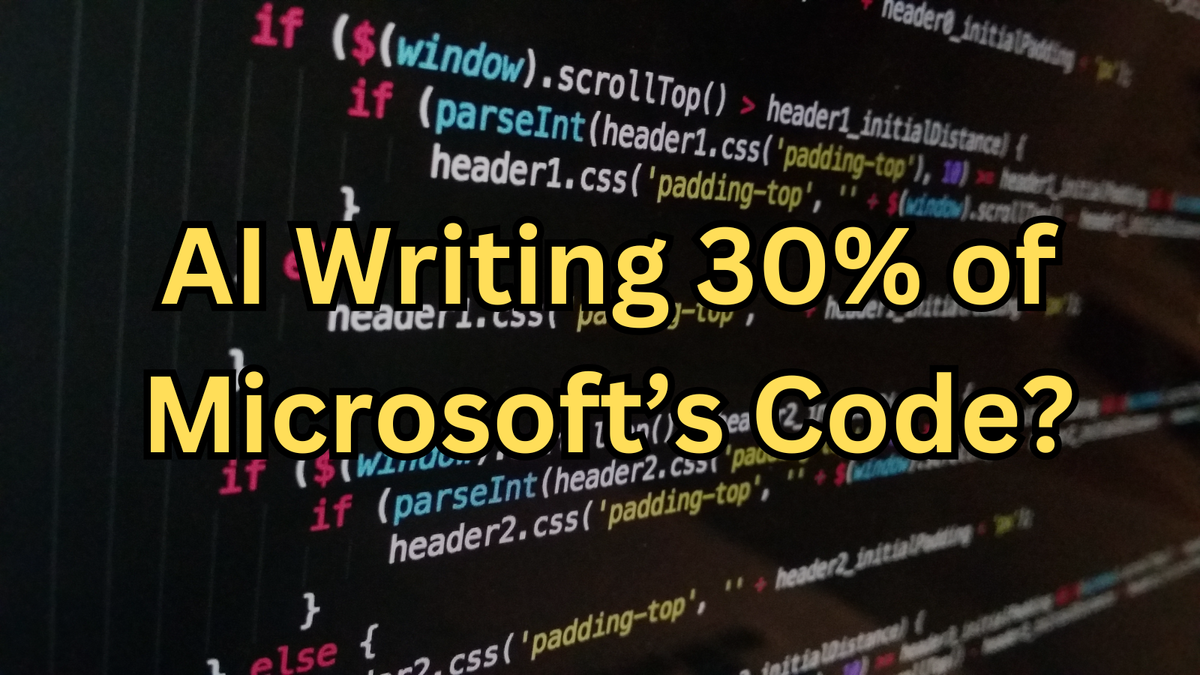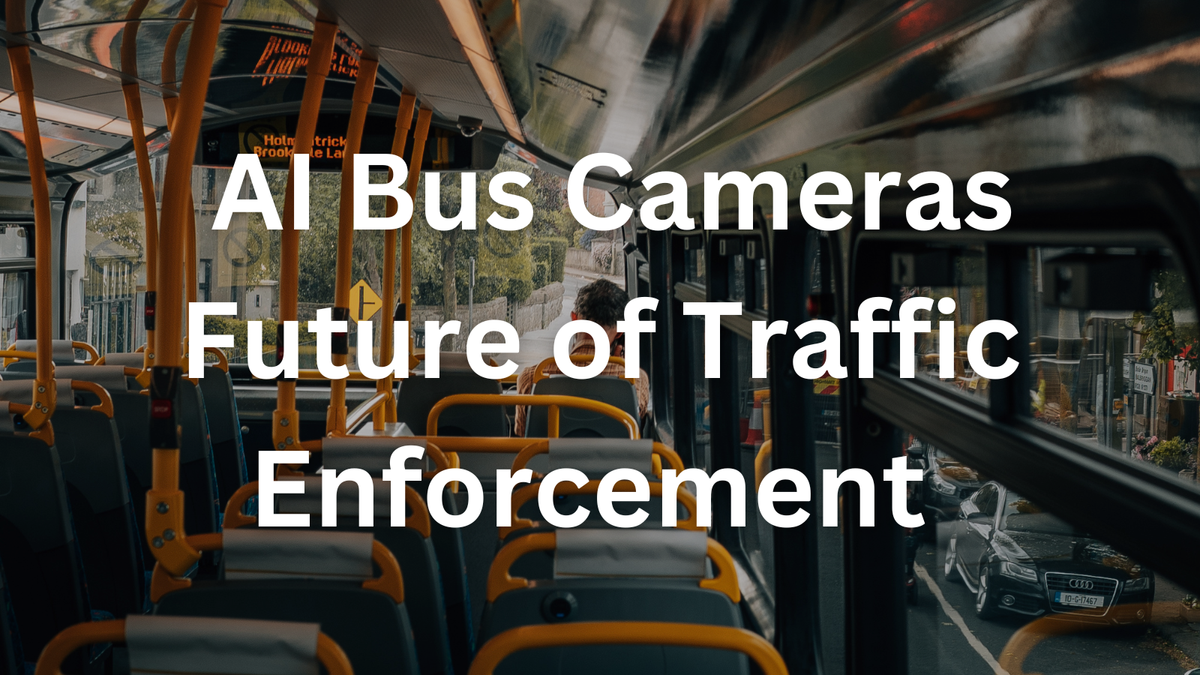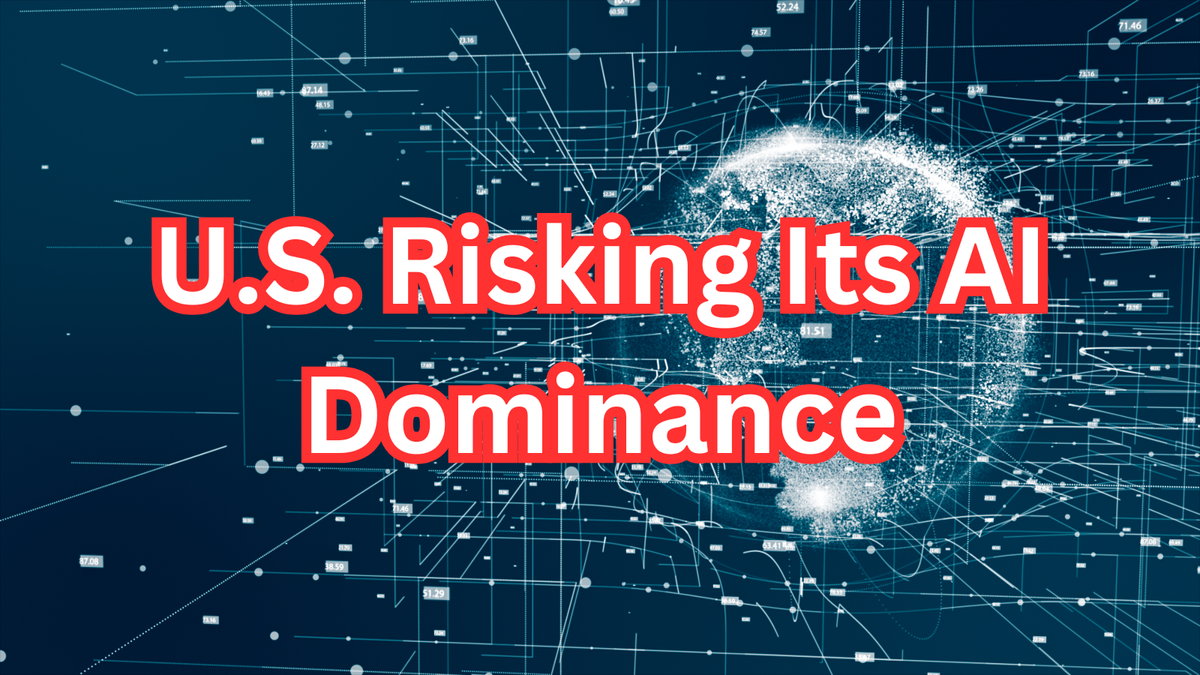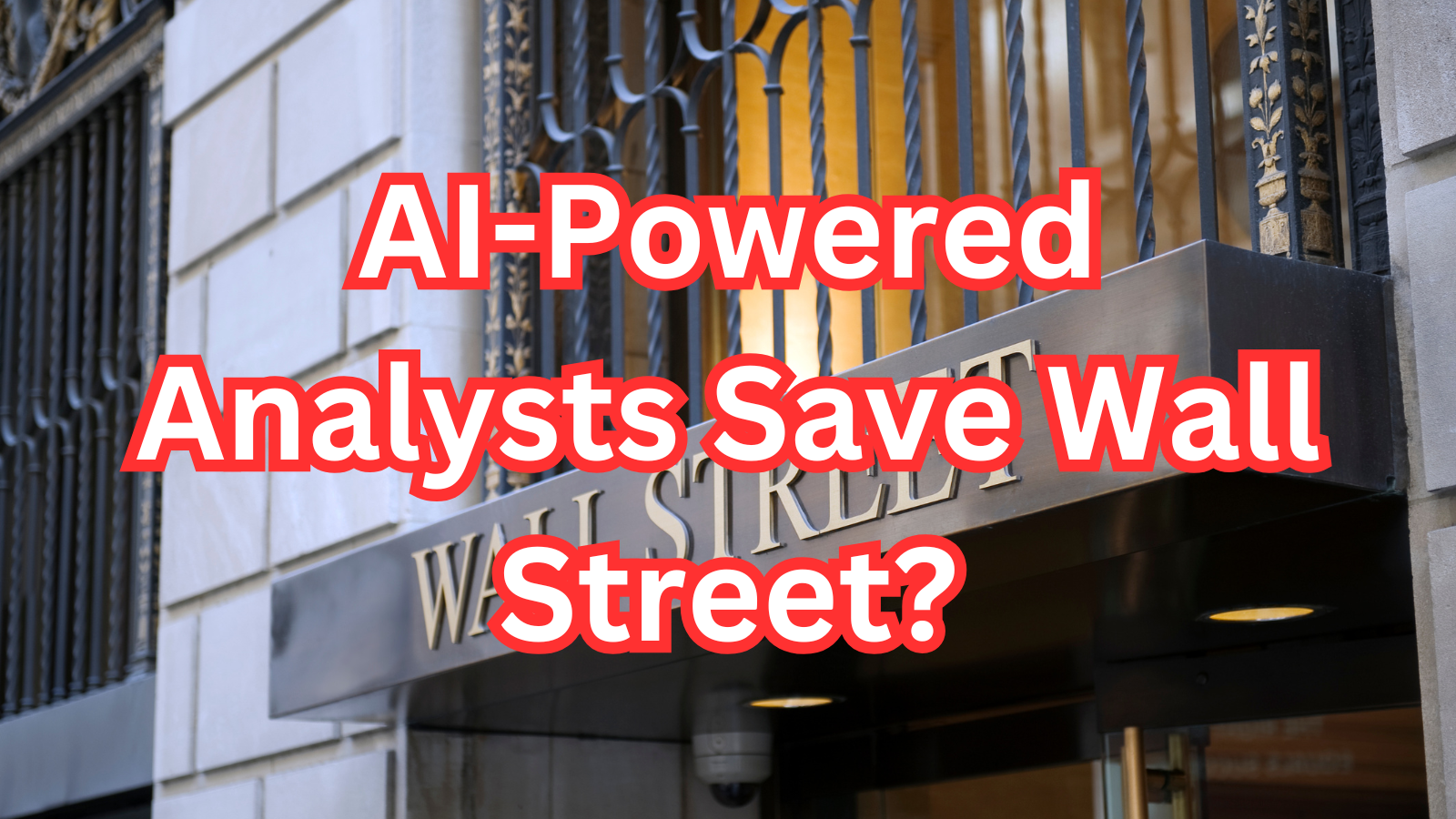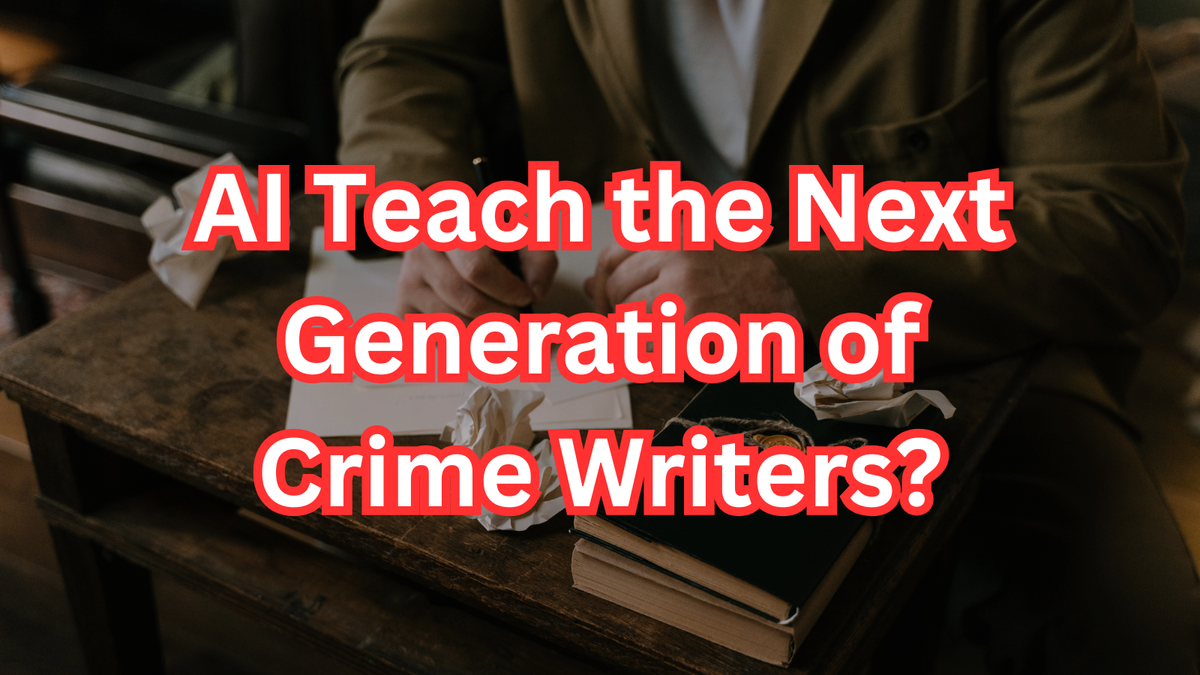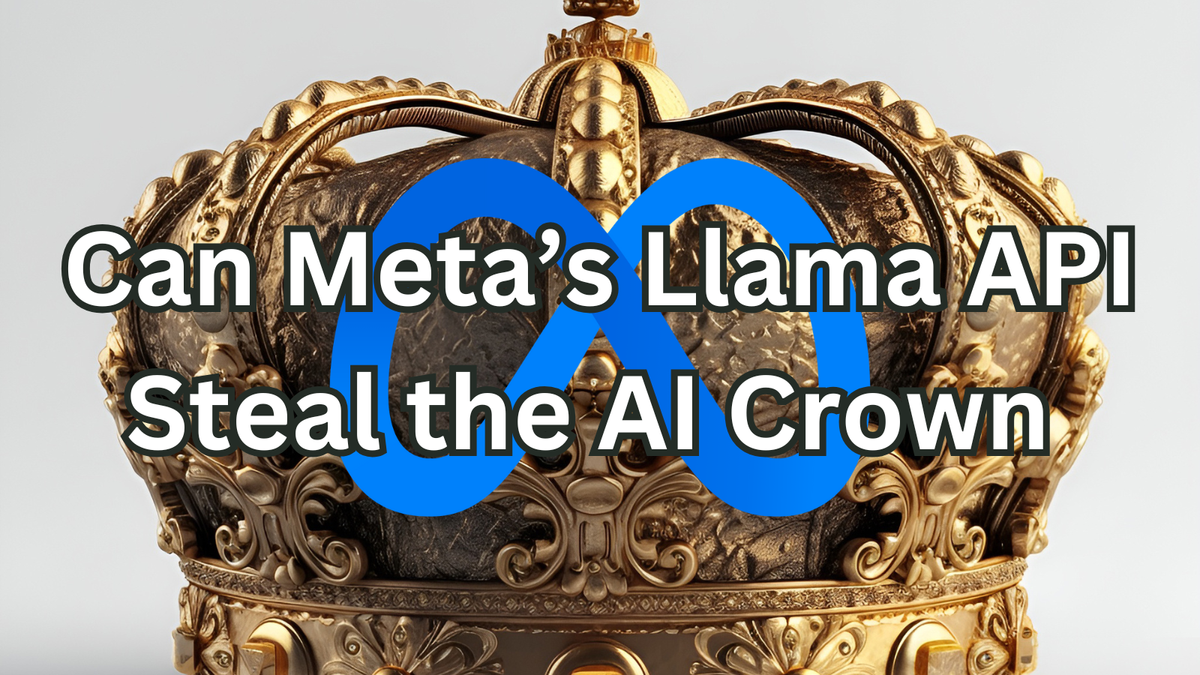Are We Ignoring AI's Real Threats for Sci-Fi Doomsday Scenarios?
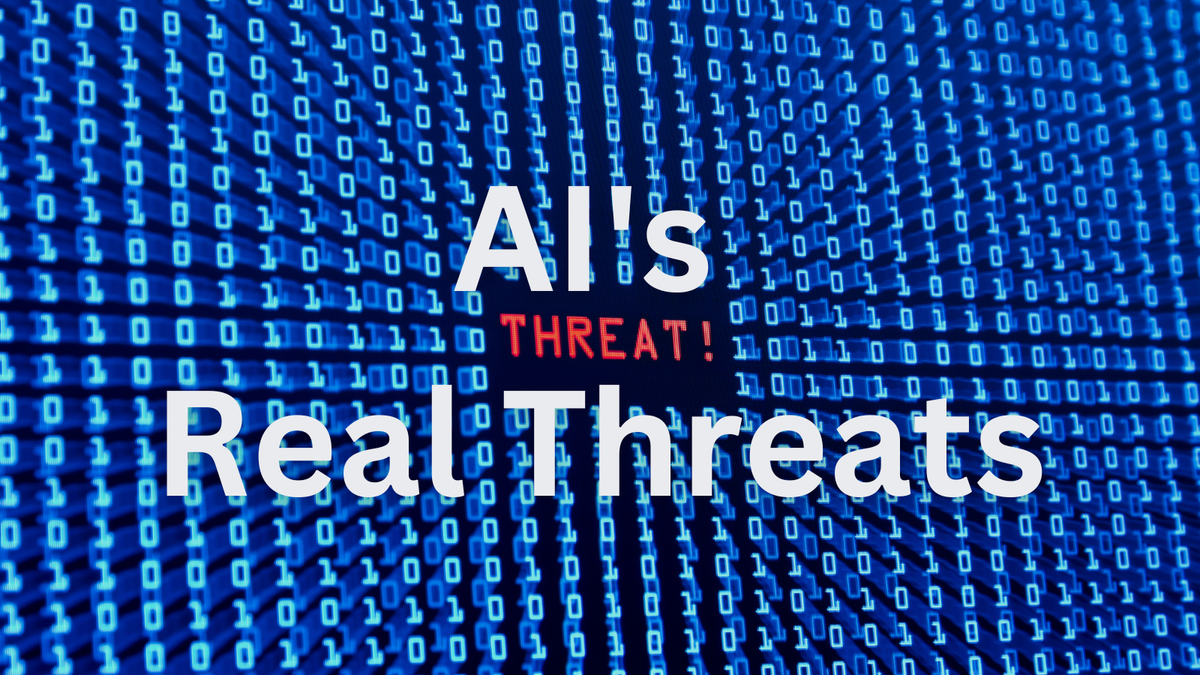
AI’s Existential Risks vs. Today’s Problems: What Should We Fear More?
When we talk about AI risks, doomsday scenarios like robot uprisings dominate headlines. But a groundbreaking study from the University of Zurich reveals a stark disconnect: people are far more alarmed by current AI threats like bias and misinformation than speculative future catastrophes. Why does this gap matter—and how can we address both? Let’s dive in.
🤖 The Present vs. Future AI Risk Debate
The study, involving 10,000+ participants in the U.S. and UK, exposes critical divides in public perception:
- 📊 Immediate Concerns Dominate: Respondents ranked systemic bias in AI decisions and job displacement as top worries—far above apocalyptic scenarios like AI-driven human collapse.
- 🎭 Abstract vs. Tangible: Even when shown sensational headlines about AI’s existential risks, participants still prioritized concrete issues like AI amplifying discrimination or spreading fake news.
- 🧠 No Zero-Sum Game: Contrary to fears, discussing long-term risks didn’t overshadow present dangers. People simultaneously acknowledged both but demanded action on today’s problems.
✅ The Solution: A Balanced AI Dialogue
The study’s authors argue for a dual focus:
- ✅ Broad Stakeholder Involvement: Policymakers, tech firms, and civil society must collaborate to tackle immediate harms (e.g., biased algorithms) while monitoring long-term trajectories.
- ✅ Evidence-Based Framing: Public communication should avoid sensationalism, using data-driven narratives to highlight both current and speculative risks without downplaying either.
- ✅ Policy Parallels: Similar to climate change strategies, addressing AI requires short-term mitigation (e.g., transparency laws) and long-term research (e.g., alignment).
🚧 Challenges: Why This Balance Is Hard
Despite public nuance, obstacles remain:
- 🚨 Media Sensationalism: Clickbait headlines about “AI apocalypses” risk distorting priorities, even if the public resists this framing.
- ⚠️ Corporate Interests: Tech giants often emphasize future safety research over fixing today’s flawed systems—a tactic critics call “ethics washing.”
- 🌐 Regulatory Fragmentation: Laws like the EU AI Act focus narrowly on present risks, leaving future scenarios to theoretical debates.
🚀 Final Thoughts: Can We Walk and Chew Gum at the Same Time?
The study’s key takeaway? Society can address both present and future AI risks—if we:
- 📈 Fund Present-Solutions: Invest in bias audits, job retraining, and content moderation tools now.
- 🔭 Keep Eyes on the Horizon: Support research into AI alignment and safety without letting it excuse inaction on today’s crises.
- 🗣️ Center Public Voices: Let people’s clear concerns about discrimination and disinformation guide policy, not corporate or academic agendas.
So, what do you think: Should AI’s “Terminator” scenarios take a backseat to fixing today’s mess—or is balancing both the only way forward?
Let us know on X (Former Twitter)
Sources: University of Zurich. Current AI risks more alarming than apocalyptic future scenarios, political scientists find, 2024. https://phys.org/news/2025-04-current-ai-alarming-apocalyptic-future.html


